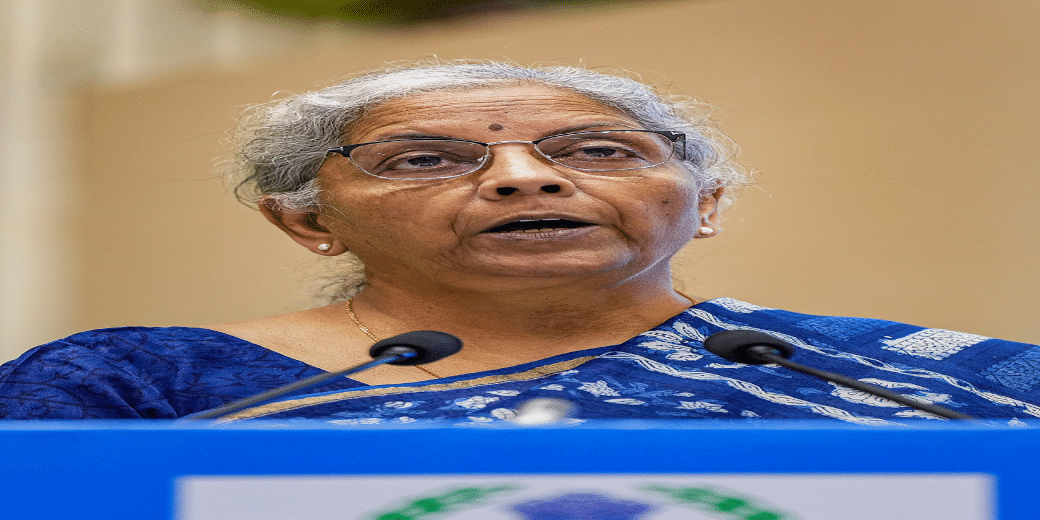Growth story secure, but watch out for global headwinds: Finmin
Most global agencies such as ADB, IMF, World Bank have forecasted GDP growth rates in the 6.1-6.4% range this year.

Though Q2 of the current financial year began on a strong note with robust government revenues and demand on various fronts, the Finance Ministry has sounded a caution that the promise of sound economic performance in FY24 might be marred if the negative impact from the external sector spills over into India that stands out amid a gloomy picture of slow growth and outright recession in the developed economies of the US and Europe.
Incidentally, most global agencies such as ADB, IMF, World Bank have forecast GDP growth rates in the 6.1-6.4% range this year.
In its monthly economic report for June, the Department of Economic Affairs (DEA) has said that the growth momentum sustained in Q4 of FY23 has continued in Q1 of FY24. To add to the cheer, private consumption, arguably the biggest driver of the economy is expected to improve with inflationary pressure easing.
Among the risk factors is the spectre of monetary tightening that is still continuing in the entire developed world. Both Europe and the US were reeling from high inflation, something that their respective central banks were trying to tackle by hiking key interest rates and absorbing liquidity from the markets. The resultant slowdown can prompt businesses in these countries to go slow on imports of products and services, directly impacting the interest of Indian corporates.
The report stated that improved monsoon, solid fiscal performance, continuous expansion in the services and manufacturing sectors and stepped-up capital expenditure both by the private and public sectors are among the factors that are boosting the country’s economy. “But the price of such stability and growth is eternal policy vigilance,” the DEA report said.
“An improved matching of aggregate supply and aggregate demand in the Indian economy underpins the progress made in the control of domestic inflation and the consequent strengthening of macroeconomic stability,” the review of the economy stated.
Incidentally, the DEA report arrived just about a week before the monetary policy committee (MPC) meeting decision on the key policy rates are supposed to be announced. After the last MPC meeting on June 8, RBI governor Shaktikanta Das had express similar opinions. While expressing happiness at decline in retail inflation, he said there was need to be continuously vigilant against supply side shocks, possible disruptive impact of El Nino and the external sector.
The review also made a note of the rising prices of food items – particularly vegetable, fruits, pulses – triggering a rise in inflation in June. However, it was optimistic on wheat and said that production might rise this year with the result that larger quantities would be available for procurement.
The review also hoped for a smaller current account deficit – an outcome of steady service trade surplus and small deficit in merchandise trade.
The review expected India’s exports to perform well. “Increased digitisation drive, growing preference for remote working and increased proliferation of Global Capability Centres are expected to further increase India’s service exports,” the report stated.
“Fiscal consolidation, coupled with the narrowing of the current account deficit, is essential for avoiding the challenge of a rising twin deficit, thereby ensuring macroeconomic stability in times of geopolitical stress on the global economy,” DEA’s review further stated.